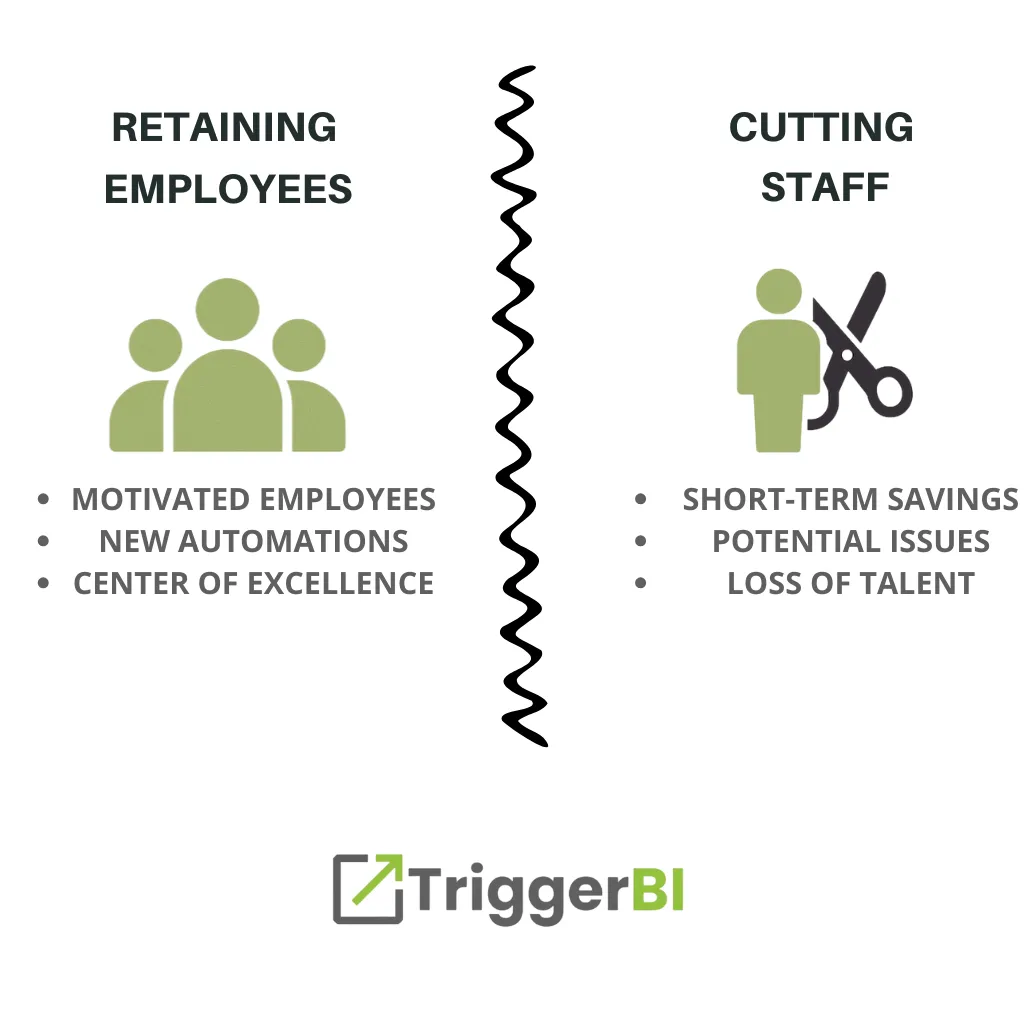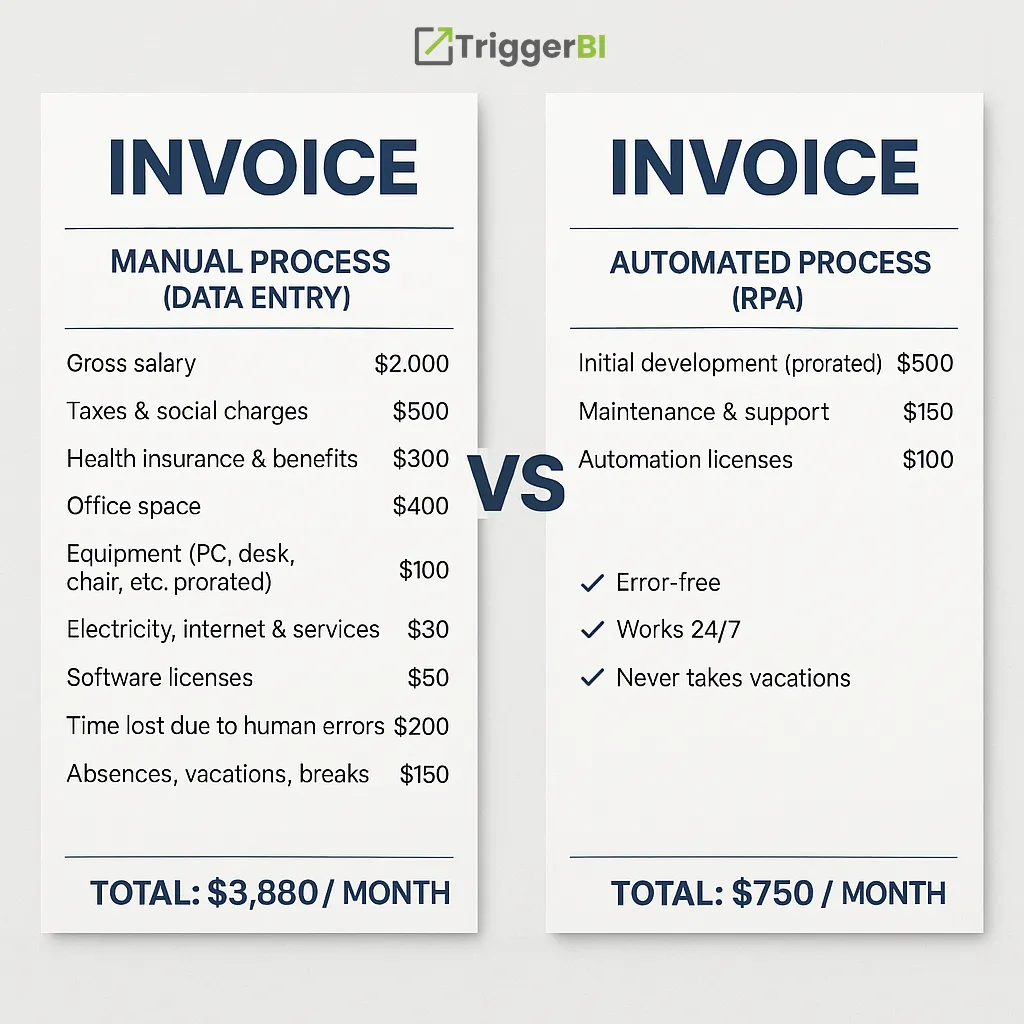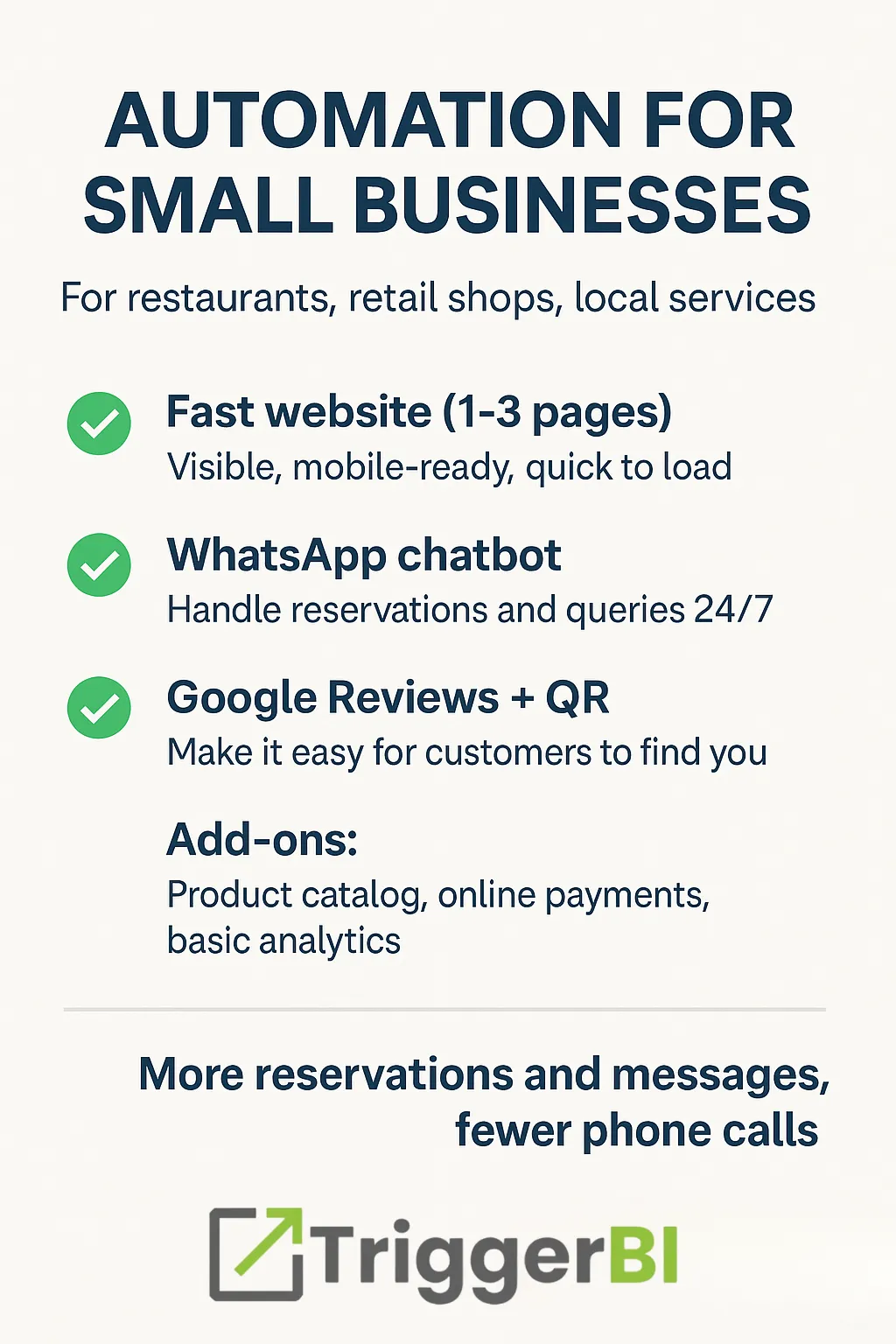Automation and Talent: Empowerment vs. Reduction

Does automation really save costs, or does it quietly create bigger problems down the road? Over the years, we have seen two very different approaches: empowering existing employees versus reducing staff to cut costs. Here's a real case that illustrates the difference.
The Short-Term Win, Long-Term Loss
A financial services company aimed to reduce operational costs. We rolled out five key automations over six months, training 40 employees who were deeply involved in the process. When implementation was complete, management asked us to identify the top 10 performers. They kept those 10 and let go of the other 30. This is a situation our consulting practice helps companies avoid.
The company achieved significant short-term cost reduction. But a year later, reality caught up. The 10 remaining employees, now carrying the entire weight of the new processes plus additional responsibilities, burned out. They started resigning, taking their valuable expertise with them to competitors. The money saved in the first year was quickly erased by the costs of hiring and training new staff.
The Resilient Strategy: Investing in People
In contrast, companies that retain and train their employees see slower initial savings but far stronger long-term results. They cultivate motivated teams who feel ownership and identify new automation opportunities. This fosters a culture of excellence where automation becomes a tool for empowerment, not reduction.
The same technologies are available to everyone. The difference lies in how leadership decides to manage talent.
Automating to reduce headcount is a risky strategy that creates hidden costs. Automating to empower teams builds resilience and a sustainable competitive advantage.


